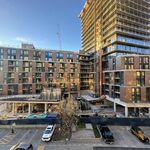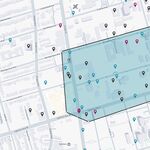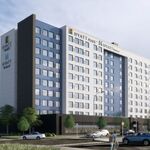doady
Senior Member
Those numbers have to be taken with a grain of salt though, where you draw the boundaries matters a great deal. The urban areas of suburban Vancouver easily approach the overall density for Toronto (Richmond is 180,000 on 130km^2, or 1700/km^2. Yet 40% of that land is off limits for development and the real density is 2700, on par with the GTA)
If you want to look at it another way, Vancouver's developed 6500 hectares of farmland since implementing the ALR (their equivalent of the greenbelt) in 1974. That's about 1/4 of Mississauga. They've fit a million more people by urbanizing a piece of land that holds maybe 150,000 in the GTA. Yet, if you've been there you realize that even that is a terribly flawed metric.
Urban areas only count lands that have been developed. Hence, the use of the word "urban". The data above is for urban areas. The Toronto area has developed far more densely than the Vancouver, or any other urban area in Canada, it's as simple as that.






